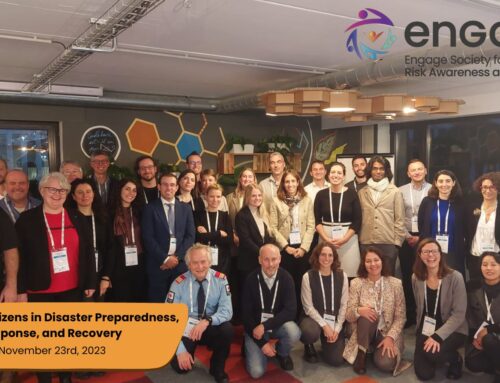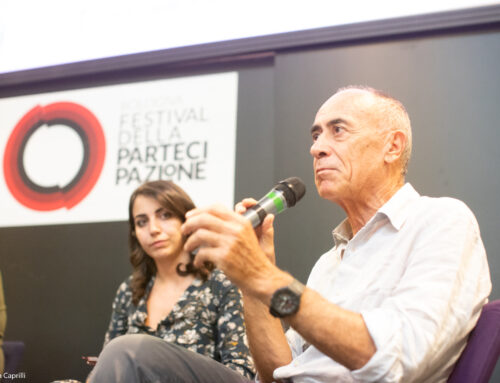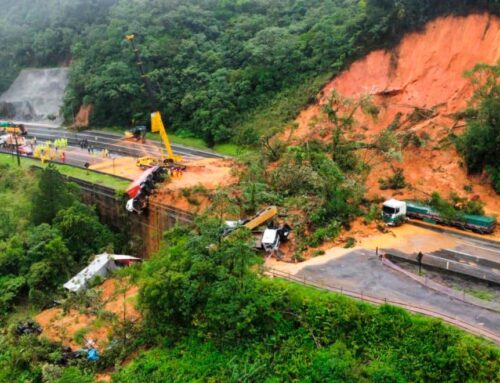ENGAGE researchers analyze the roles that spontaneous volunteers had in the immediate aftermath of the terror attack on Utøya island.
In ENGAGE, we develop knowledge about the inherent resilience in societies – the way existing social values and material structures contribute to resilience by influencing the actions of ordinary citizens. One of the cases in ENGAGE is the terror attack in Norway on July 22nd, 2011, where a solo terrorist conducted two coordinated attacks. The first was a car bomb set off outside the Government Complex which was followed by a mass shooting on the island of Utøya where the youth organization of the National Labour Party held their annual summer camp. The case study in ENGAGE focuses on the attack on Utøya, and the role of ordinary people in the immediate response to the disaster.
The police’s emergency response to the Utøya attack was hampered by a lack of local knowledge, information and communication problems, and corresponding coordination difficulties. According to the public investigation, this led to the police spending too much time to reach the island, which resulted in ambulances being held back for a long time awaiting the police to declare the area safe enough to enter for health care personnel. This led to a conclusion in the public investigation that the official emergency response actions were the story of “the resources that did not find each other”.
Paradoxically, while the police struggled with coordination and decision-making, and ambulances were left waiting, civilians had already established a spontaneous rescue operation. Their actions covered a long chain of critical functions branching out from fleeing victims being rescued by boat, provision of care, clothes and first aid on the shoreside, to transportation to the spontaneously organized evacuation center at a nearby conference hotel. The value of this engagement receives praise in the public investigation report, and there is no doubt that the contributions of spontaneous volunteers helped to save many lives.
While the public commission mentions such contributions, it does not go into detail on what made them possible. The focus on formal emergency response actors is not uncommon in public investigation, as described in a previous blog post, and is in many ways understandable given the mandates of such inquiries. However, it leaves many questions unanswered around the resources, motives, and rationales of the spontaneous volunteers. In the Utøya case study, the research team from ENGAGE aims to answer some of these questions by means of an in-depth qualitative study of the spontaneous rescue operation.
When we turn the attention toward the informal side of the immediate response to the mass shootings, we see a very different picture than the one painted in the public investigation. Where the majority of formal emergency response actors had little or no knowledge about local conditions and resources, the spontaneous volunteers had the benefit of local knowledge and social capital which were crucial for the immediate salvage of victims. First of all, they were already there, as the actors were inhabitants, camping guests or cabin-owners in immediate vicinity of the Tyrifjorden lake. Second, they had resources immediately at hand to aid their actions – boats, gasoline, blankets, towels, houses, cabins, and cars. Third, they had the benefit of social networks that could be activated to refill these resources by calling neighbours, family, and friends, which we found was crucial in dealing with the duration and magnitude of the event.
After the immediate rescue of victims fleeing from the Utøya island and taking care of them on the shoreside, there was still a challenge of what to do next. The high number of victims meant that there was a need to assemble the victims in a safe place where they could be taken care of by trained personnel and registered by the authorities. Victims were therefore transported to the nearby conference hotel at Sundvolden. The municipality had no agreement with the hotel to supply emergency services. Despite this, both the spontaneous volunteers and the municipality’s crisis personnel gravitated towards Sundvolden without, as we understand, knowledge of each other’s actions during the crisis. The municipality’s team arrived at Sundvolden only minutes before the first victim arrived. Simultaneously, the hotel management had, on their side, started mobilizing personnel resources to the hotel on a hunch that they could be involved. Although there are not many alternatives other than Sundvolden with the capacity to deal with the number of victims, it is striking how different actors in a chaotic situation oriented their actions toward the same goal without knowledge of each other’s decisions.
This is a story of the willingness to engage in an extreme situation, the use of social capital to provide material resources, and the crucial role of local knowledge as a means for both efficiency and coordination. Thus, our study provides grounds for a very different narrative than the public inquiry’s description of the formal resources that did not find each other. A preliminary finding in our study is a narrative of informal resources actually finding each other.
The data material from the Utøya case study is currently being carefully coded and seen in relation to secondary sources providing information on the spontaneous volunteers. This provides crucial information to the development of ENGAGE’s model of societal resilience and will also serve as the basis for scientific publications from ENGAGE.
Authors: Stian Antonsen (NTNU Social Research), Jannicke Fiskvik (SINTEF), Siri Holen (SINTEF), and Rolf Bye (SINTEF)





